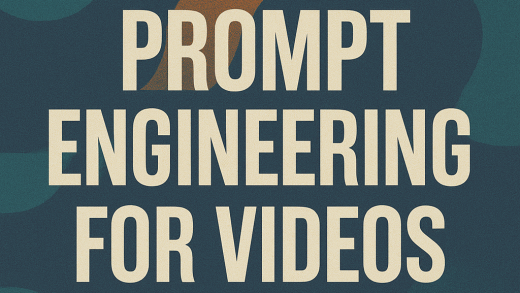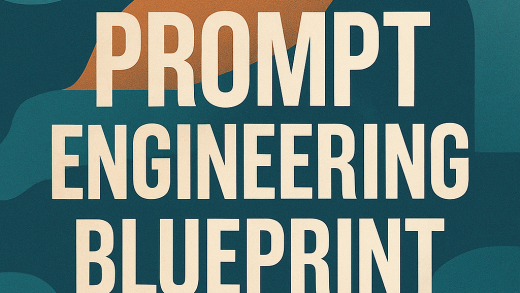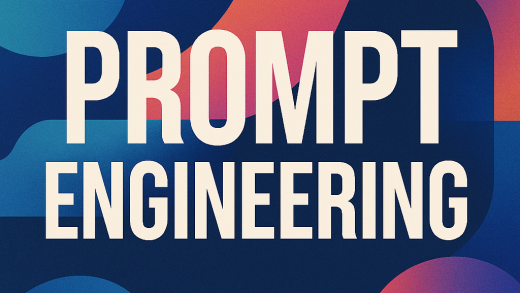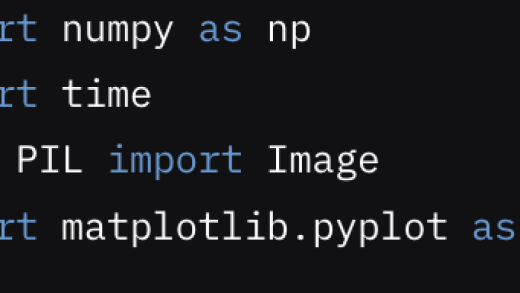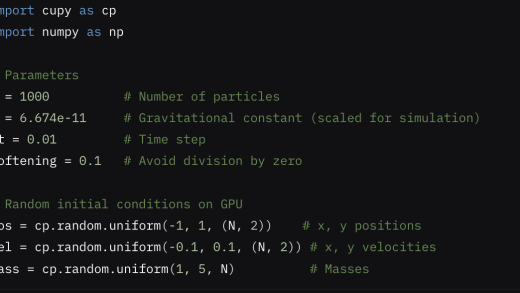In the rapidly evolving world of artificial intelligence, the ability to communicate effectively with AI models has become a critical skill. Prompt engineering is the key to unlocking the full potential of AI, transforming vague or generic responses into precise, actionable insights. This article will guide you through the multi-layered logic of prompt engineering, revealing how to craft prompts that maximize productivity and elevate your AI interactions to the next level.
1. Introduction to Prompt Engineering
Prompt engineering is both an art and a science. It involves designing and refining the inputs (prompts) you give to AI models to ensure the outputs are accurate, relevant, and useful. Whether you’re using AI for content creation, problem-solving, or data analysis, the quality of your prompt directly influences the quality of the AI’s response.
- Why it matters: A well-engineered prompt can save time, reduce frustration, and produce results that are tailored to your specific needs.
- What you’ll learn: This article breaks down prompt engineering into five key layers, each building on the last to create a comprehensive approach for mastering AI interactions.
2. The Foundation: Understanding AI Models
Before diving into prompt engineering, it’s essential to understand how AI models process information. Large language models (LLMs), like the one you’re interacting with now, are trained on vast amounts of text data. They generate responses based on patterns they’ve learned, but they rely on the clarity and context of your prompt to apply that knowledge effectively.
- Key insight: AI models don’t “understand” in the human sense—they predict based on statistical patterns. Therefore, providing clear guidance through your prompt is crucial.
- Context and specificity: The more precise and context-rich your prompt, the better the AI can tailor its response to your needs.
3. Layer 1: Clarity and Precision
The first layer of prompt engineering is ensuring your language is clear and unambiguous. Vague prompts lead to vague responses, while precise prompts yield focused answers.
- Example:
- Vague: “Tell me about dogs.”
- Precise: “Provide a brief overview of the history of dog domestication.”
- Why it works: Precision narrows the scope, guiding the AI to deliver exactly what you’re looking for without unnecessary information.
Pro Tip: Avoid open-ended questions unless you’re seeking broad inspiration. Instead, specify the type of information or format you want.
4. Layer 2: Context and Background
AI models perform best when they have sufficient context. This layer involves providing relevant background information or setting the scene for your query.
- Example:
- Without context: “How do I fix this?”
- With context: “I’m trying to repair a leaky faucet in my kitchen. What steps should I take?”
- Why it works: Context helps the AI understand the domain, your intent, and any constraints, leading to more relevant and actionable advice.
Pro Tip: Think of the AI as a collaborator who needs the full picture—don’t assume it knows your situation.
5. Layer 3: Structuring Prompts
The way you structure your prompt can significantly impact the AI’s comprehension and the format of its response. Using lists, questions, or step-by-step instructions can organize the information and guide the output.
- Example:
- Unstructured: “Tell me about exercise.”
- Structured: “List three benefits of regular exercise and explain each in one sentence.”
- Why it works: Structured prompts make it easier for the AI to parse your request and deliver a response that matches your desired format.
Pro Tip: Use bullet points, numbered lists, or specific questions to signal how you want the information presented.
6. Layer 4: Iterative Refinement
Prompt engineering is rarely a one-shot process. Iterative refinement involves adjusting your prompt based on the AI’s initial response to improve clarity, add detail, or correct misunderstandings.
- Example:
- Initial prompt: “Explain quantum computing.”
- Refined prompt: “Explain quantum computing in simple terms, focusing on how it differs from classical computing.”
- Why it works: Iteration allows you to hone in on the exact information you need, especially when dealing with complex or nuanced topics.
Pro Tip: Treat AI interactions as a conversation—each response can inform the next prompt for better results.
7. Layer 5: Advanced Techniques
Once you’ve mastered the basics, you can incorporate advanced techniques to further enhance your prompts. These include using system messages, role-playing, or adding specific constraints.
- Example:
- Basic prompt: “Write a poem about the ocean.”
- Advanced prompt: “You are a 19th-century poet. Write a short poem about the ocean in the style of Romanticism, emphasizing nature’s power.”
- Why it works: Advanced techniques allow you to control the AI’s tone, style, or perspective, making the output more tailored to your needs.
Pro Tip: Use constraints like word limits, tone (e.g., formal or casual), or specific requirements to fine-tune the response.
8. Putting It All Together: A Case Study
Let’s apply these layers to a complex task: generating a business plan outline.
- Initial prompt: “Help me create a business plan.”
- Refined prompt (applying all layers):
- Clarity and Precision: Specify the type of business (e.g., “for a tech startup”).
- Context and Background: Provide details (e.g., “focused on AI-driven customer service solutions”).
- Structuring: Request a specific format (e.g., “Outline the key sections, including market analysis and financial projections”).
- Iterative Refinement: After the first response, ask for more detail on a specific section (e.g., “Expand on the competitive analysis”).
- Advanced Techniques: Set the tone (e.g., “Make it concise and professional, suitable for investors”).
Final prompt: “Create a concise business plan outline for an AI-driven customer service startup, including sections on market analysis, competitive landscape, and financial projections. Tailor it for a professional audience, such as potential investors.”
This multi-layered approach ensures the AI delivers a focused, relevant, and high-quality response.
9. Conclusion
Mastering prompt engineering is about understanding and applying these five layers: clarity, context, structure, iteration, and advanced techniques. By building your prompts with this multi-layered logic, you can unlock the full potential of AI, achieving maximum productivity and next-level results.
- Key takeaway: Prompt engineering is a skill that improves with practice. Experiment with different approaches, refine your prompts, and watch your AI interactions transform.
- Call to action: Start applying these techniques today—whether you’re generating content, solving problems, or exploring new ideas, prompt engineering will elevate your AI experience.


